Here’s a question you’ve probably pondered quite a few times before, but it’s one that rewards revisiting. If you can have only one car to do it all, from sticking a smile on your face to shuffling down to the shops and everything in between, what would you choose?
For many of us, the quick answer is a fast estate. Melding family-friendly versatility with a ferocious turn of speed, these hot holdalls are the ultimate all-rounders, as comfortable playing the back-road warrior as they are packing in the odd wardrobe or two.
In recent years, souped-up SUVs have stolen some of their thunder, but these lightning-quick load-luggers are experiencing a resurgence. This is especially true at the top end of the price and performance pecking order, where a trio of new arrivals have been welcomed over the past few months, all vying to prove themselves as (cliché alert) ‘all the car you’ll ever need’.
![]()
First up is the new (deep breath) Porsche Panamera Turbo S E-Hybrid Sport Turismo. As close to an estate as Zuffenhausen will ever get, it combines 690bhp beneath the bonnet (making it the most powerful machine the company currently sells), with 500 litres of carrying capacity behind the rear seats.
As the name suggests, it is also a plug-in hybrid. Yet this electrical assistance is as much about performance enhancement (how does a McLaren F1-rivalling 3.2sec 0-62mph time grab you?) as it is an eco-friendly, economy-boosting addition, Porsche falling back on experience gleaned through its 918 supercar and 919 LMP1 racer as it begins to embrace an ICE-free future.
A similarly petrol-electric approach is just around the corner for Mercedes-AMG but, until then, we can continue to savour the relatively old-school charms of its E63 S Estate, which has been treated to a nip and tuck in an effort to increase its showroom pulling power. Under the skin, the car remains largely unchanged, including its mighty 603bhp 4.0-litre V8 (cylinder deactivation is the only sop to CO2 reduction here), but there have been some subtle suspension tweaks aimed at rounding off the edges of its predecessor’s sharp low-speed ride.
Talking of sharp edges, our final contender is the aggressively angular Audi RS6 Avant – arguably the car that kicked off the quick estate class and now in its fourth generation. The Ingolstadt icon is on top form, finally delivering a big dollop of down-the-road dynamism to go with its trademark sledgehammer pace – although with ‘only’ 591bhp, the Audi’s 4.0-litre V8 (essentially the same as that in the Panamera) is the least muscular of our group, while the 48V mild-hybrid system makes it the eco-friendly halfway house between the Porsche and AMG.

Crucially, the RS6 is no longer unique in having four-wheel drive. Both the Porsche and Mercedes sport total traction transmissions, the E63 S featuring a hooligan drift mode that can disconnect the front axle for some smoky sideways showboating because, well, you need that sort of thing in a practical estate car, don’t you? All the cars here are equipped with air suspension and adaptive dampers as standard, but only the Porsche and Audi have four-wheel steering.
With its chiselled looks and muscular stance, the RS6 takes the spoils for visual appeal. There’s an air of barely contained menace about the Audi, which the slightly portly Porsche can’t match. It has plenty of presence, but there’s something a little whale-like about the bulbous Panamera, an impression that our car’s blue paint job struggles to shake off. The Merc? In this company, it looks rather too much like a sales-manager-special E220d, although its relative blend-into-the-background stealthiness will have many forming an orderly queue.
That said, it’s the most practical of our trio, and by quite some margin. Like the other two, the AMG’s interior will seat five adults (at a squeeze in the Porsche), but its 640-litre boot is by far the biggest, helped in no small part by its more upright tail. The E63 S is also the only car with rear seats that will fold completely flat (liberating a van-like 1820 litres), while under the boot floor is a neat fold-out shopping basket for keeping loose items in.

As you would expect, each of our three cars features an interior that is rich in expensive-feeling materials with a slick design and the latest roster of gadgets and gizmos. The Porsche is the more cocooning and most like a sports car from behind the wheel, the Merc the most sit-up-and-beg and the Audi the most overwhelmed by touchscreens. Either way, none of our trio will leave you feeling let down in the luxury stakes.
It may look as hard as nails, but the Audi is the easiest to gel with every day, its air-cushioned ride is even more supple than the Porsche’s and it doesn’t suffer from the same wearisome road roar when you’re in it for the long haul. That said, around town the Panamera can travel in whisper-quiet electric mode for up to 31 miles on battery power alone, if you’re careful. Both cars, however, feel smaller than their giant-sized dimensions would have you believe, their four-wheel steering systems playing remarkable shrink-ray tricks when tackling tight car parks and roundabouts.
The Merc is almost as wieldy, but it achieves this feeling by virtue of its fractionally more compact dimensions. It doesn’t ride with quite the same pliancy either, transmitting more of what is going on at Tarmac level to your backside, despite being softer than before.
Up the pace and it’s the RS6 that’s immediately the most confidence-inspiring. Get physical on some flick-flack back roads and the big Audi shrinks around you, giving you a feeling that’s more RS4 than RS6, allowing you to place it neatly and accurately on even the narrowest stretches.
Like its two rivals, the Audi has myriad driving modes, each one letting you programme your favourite into a one-stop-shop hot key mounted on the steering wheel. Dial in Dynamic and you get rock-solid body control from the air springs and adaptive dampers, while the four-wheel drive system and steered back axle are at their most eager, quickly helping to rotate the RS6 into and out or corners and the Quattro traction firing you down the next straight. That muscle-bound V8 unleashes its demonic forces from anywhere in the rev range, accompanied by the surprisingly fruity howl from the optional £1450 sports exhaust.
![]()
Yet there’s still something aloof and clinical about the Audi, like it’s doing more of the work than you are. My word, can it pick apart a road, but there’s a nagging sense that it’s more about achieving a minimum time to your destination than enjoying the journey – a feeling that’s enhanced by steering that’s quick and accurate but never willing to fill you in on any details.
The Merc doesn’t feel as instantly biddable as the RS6, partly because it doesn’t have that hip-swivelling four-wheel steer, meaning you need bigger inputs to get the car pointing just where you want it. Yet put in the effort and the E63 S starts to dole out greater rewards.
There’s more feel through the heftier and grittier steering, allowing you to trust how much grip you have to play with. You still feel like you’re riding on the AMG rather than in it, but its composure is absolute. Like the Porsche’s transmission, the brilliantly calibrated 4Matic set-up gives you rear-wheel-drive feel and adjustability, but with an all-wheel-drive safety net that lets you get on the throttle early without any fear of a sudden sideways whoopsie.
In terms of sprinting power, there’s little to separate the Merc and Audi, both of which muster the sort of forces that deliver easy subfour-second 0-62mph bragging rights. The E63 S perhaps has more muscle low down and a slightly hungrier appetite for revs as well as a sharper throttle, but both go as fast, if not faster, than you will ever need to go. Perhaps the biggest surprise with the E63 S is that it is no longer the most vocal performer, the introduction of a petrol particulate filter robbing the V8 of some of its trademark snap, crackle and pop.
The noisiest car here? That will be the plugin hybrid, silent-when-it-wants-to-be Porsche. With the driving mode dial on the steering wheel twisted to Sport or Sport+, the 563bhp V8 is given its full, Tom Jones-gargling-on-Nascar voice. Any thoughts that being a hybrid might have turned the Panamera soft are instantly extinguished by the bellow and bark from the exhausts, while its performance is shattering, helped by the extra shove of that 134bhp electric motor, and when fully wound up, the Porsche just has the legs of the Audi and Mercedes – just.

Yet while this is one of the best-integrated hybrids out there, combining brilliantly with the slick and quick PDK gearbox, it lacks the instant response of the pure ICE units here, the throttle feeling more switch than potentiometer. It’s a similar story with the carbon-ceramic brakes, which are powerful but struggle to completely disguise the transition from regen to friction; for feel and progression, the Merc’s are the best.
Follow the Audi and AMG through a series of bends and the quality of the Porsche’s steering shines through, with great off-centre feel and a beautifully calibrated rate of response. The steered rear axle pivots the big Panamera into bends with an even more natural feel than the RS6’s system.
Of course, there’s grip and composure to spare, plus a nicely rear-biased balance on corner exit, but really push hard and the Porsche’s mass starts to tell. None of our contenders are flyweights, but at 2365kg the Panamera is particularly porky and sudden crests, big dips or tightening corners shine a light on its chunky extras and expose the tiniest cracks in its otherwise physics-defying dynamic magic tricks.
And then there’s the Porsche’s price. At £142,350, it costs about £40,000 more than the Audi and Mercedes. Of course, company car users laugh all the way to the bank thanks to its low benefit-in-kind tax, but is the fleet user-chooser this car’s target market?

In the final reckoning, it just slips to last spot on the podium, being not only pricier but also less practical and not quite as incisive when you’re in the mood for going hard. It’s a good advert for our electrified future, but here and now it just misses out.
If you want a car that slips effortlessly into your everyday life but can put the frighteners on a supercar, then the Audi is in a class of one. It is the most comfortable and easy-going, yet now has more dynamism and agility than you would believe of an RS6. Objectively, it’s the best car here. Yet it’s not our winner. Nearly, but not quite.
The Mercedes is harder work (although it’s still as easy to live with as any E-Class), but put in the effort and its rewards are richer. It’s as devastatingly fast across the ground as the RS6, yet happier to let you in on the action and make you part of the process. The fact that the E63 S is also the best estate helps put the result beyond doubt.
READ MORE
Cruise missiles: Ferrari Roma meets Bentley and Aston rivals
BMW M5 vs Mercedes-AMG E63 S vs Cadillac CTS-V: super saloon triple test
Taking charge: VW ID 4 and Ford Mustang Mach-e meet Polestar 2


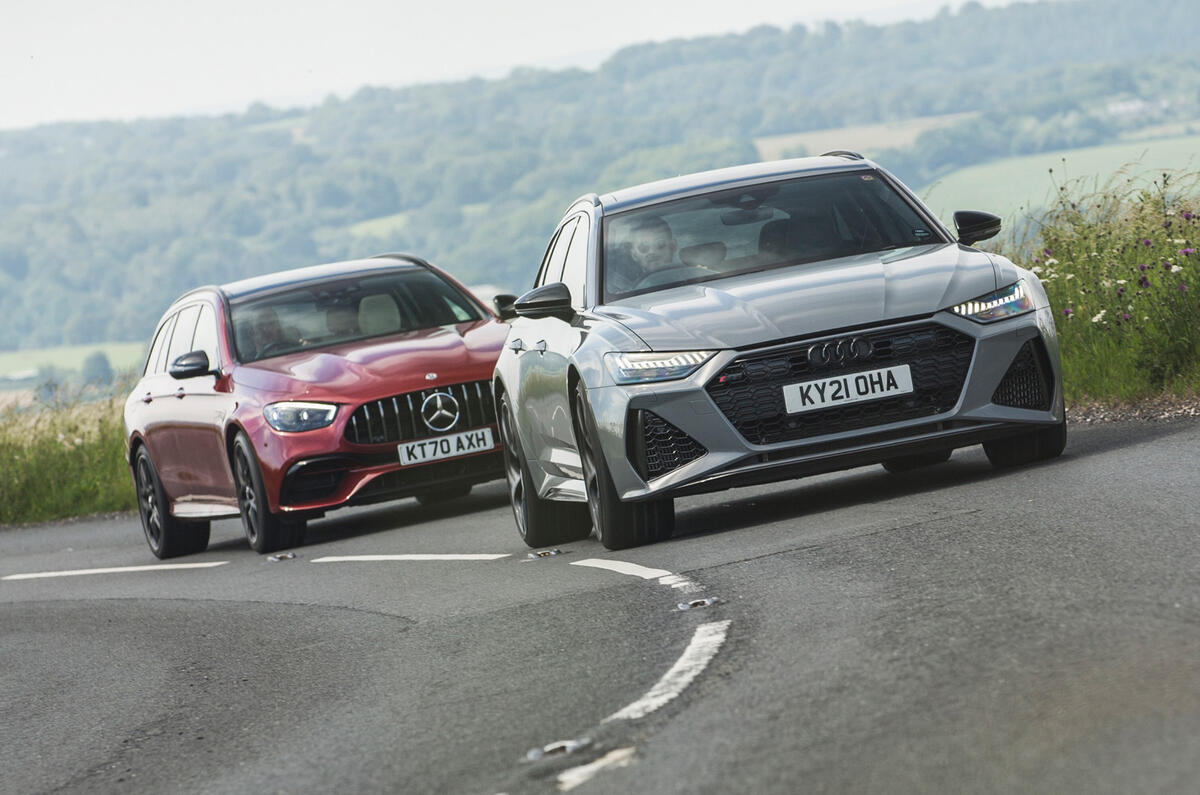





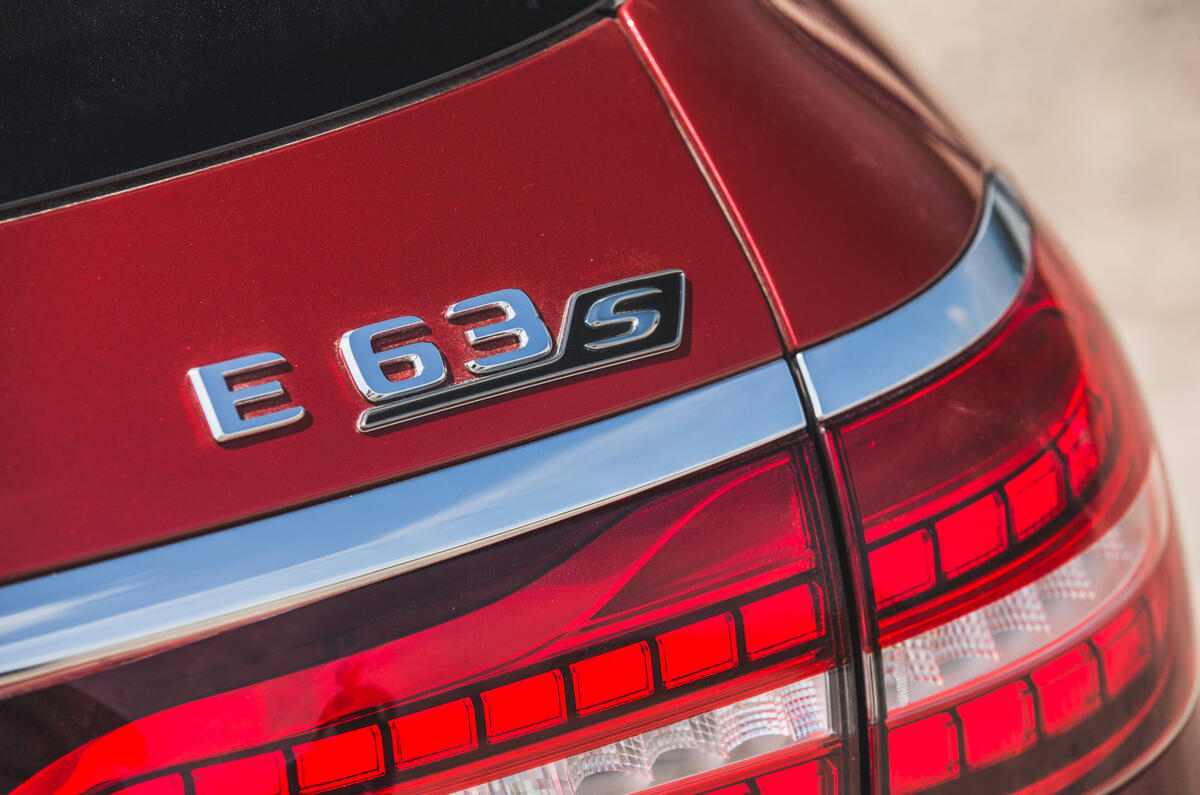
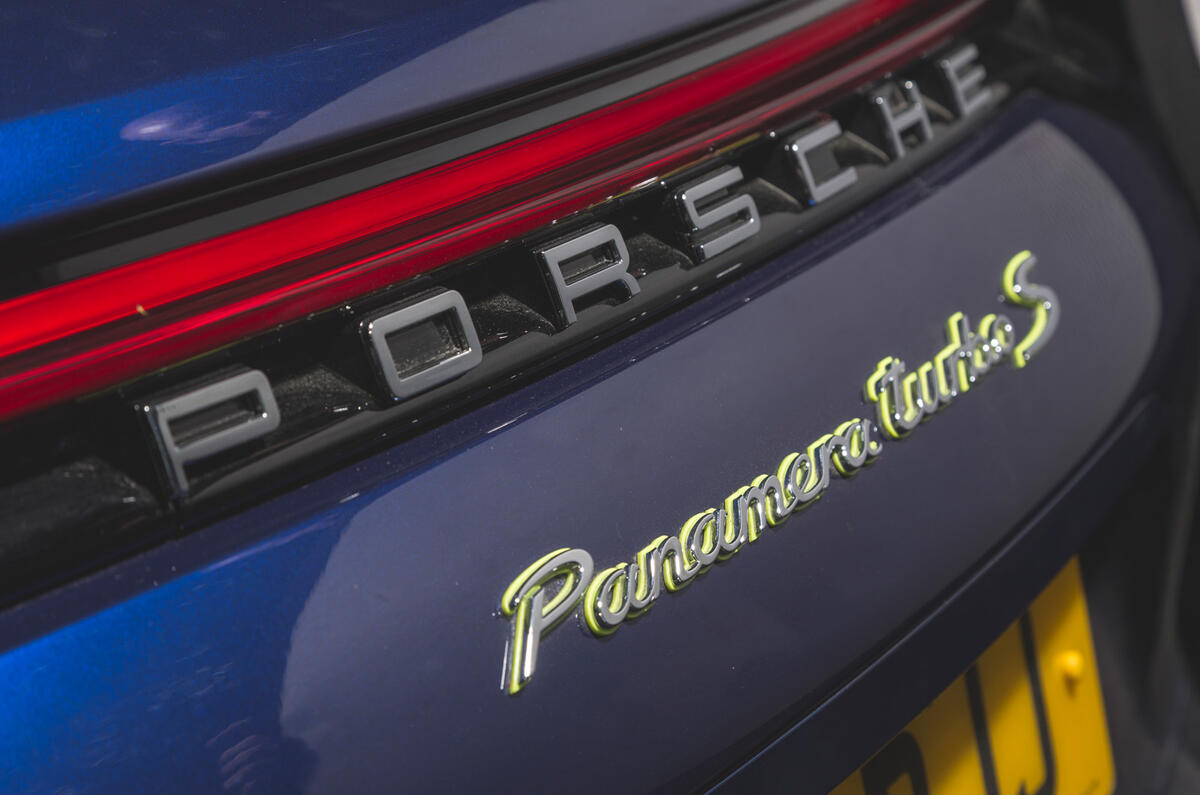
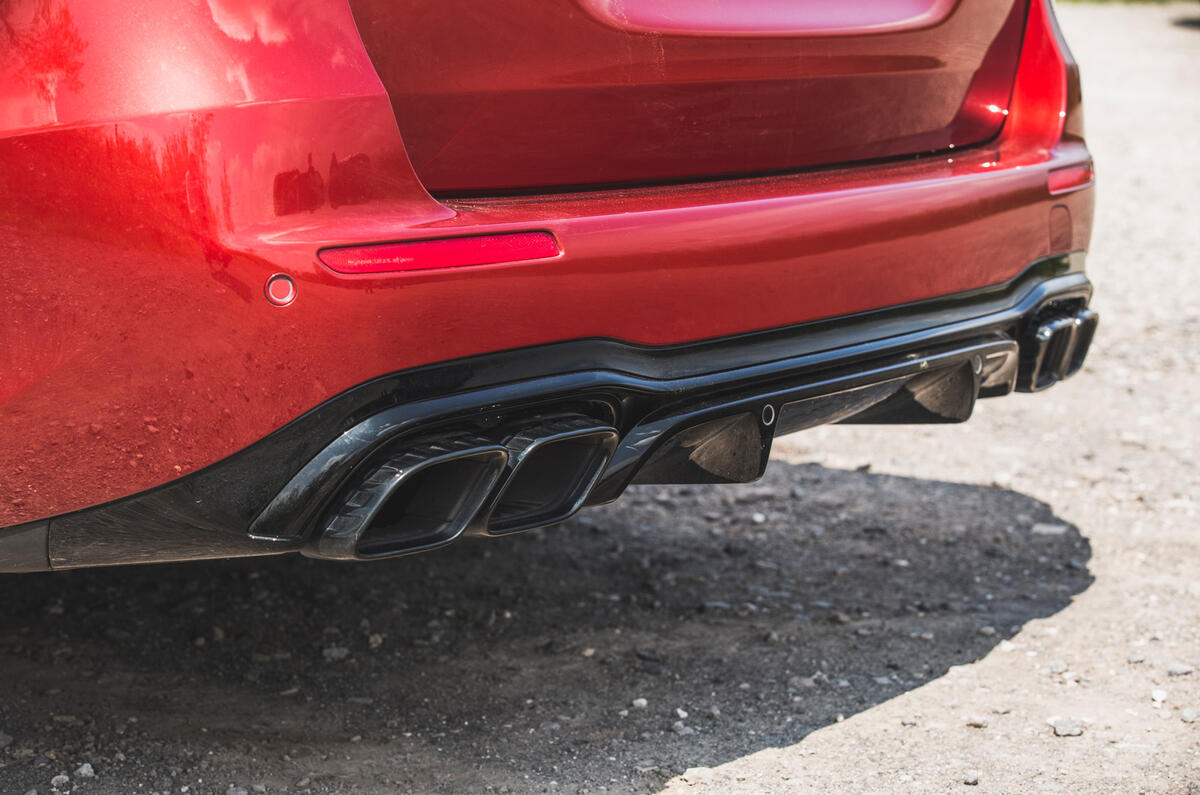






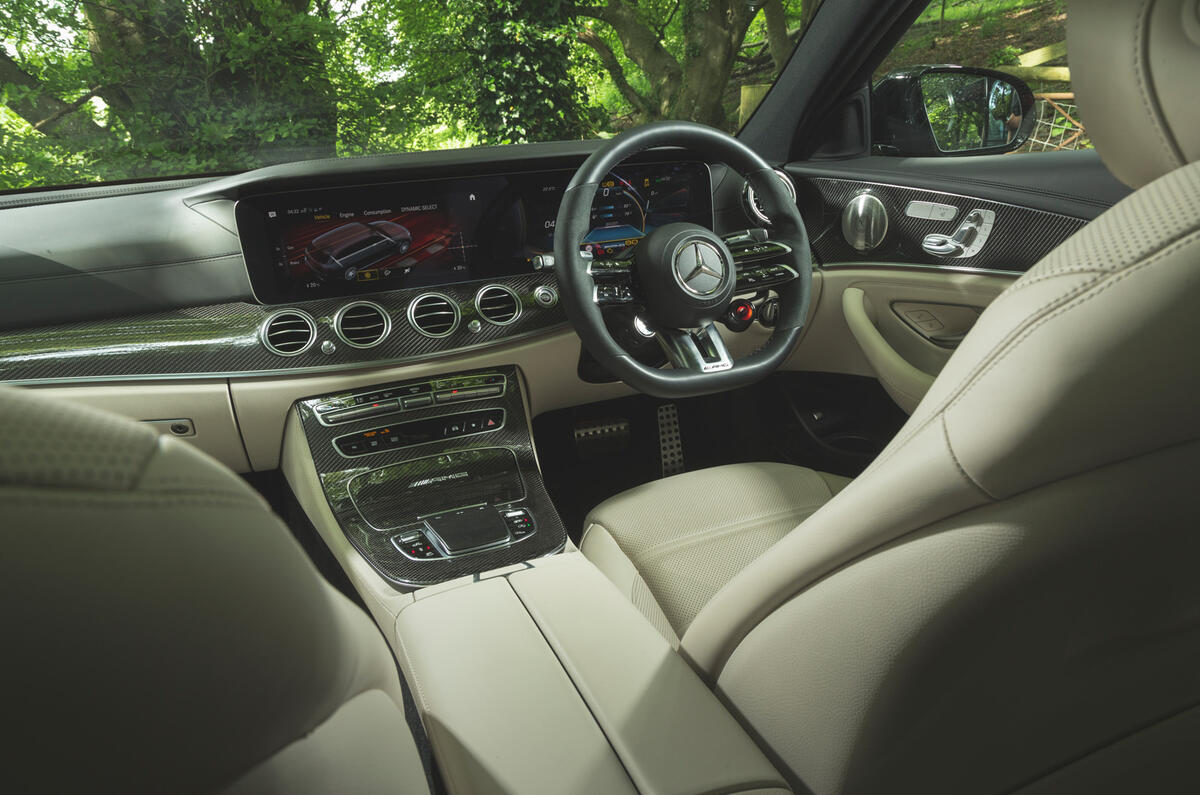




















































Join the debate
Add your comment
I struggle with why you used the Turbo S ehybrid when even Porsche acknowledge the Turbo S non hybrid is the quicker car and better balanced all rounder
As an Alpina B5 touring owner, I can confirm that the best is the one that you didn't test.